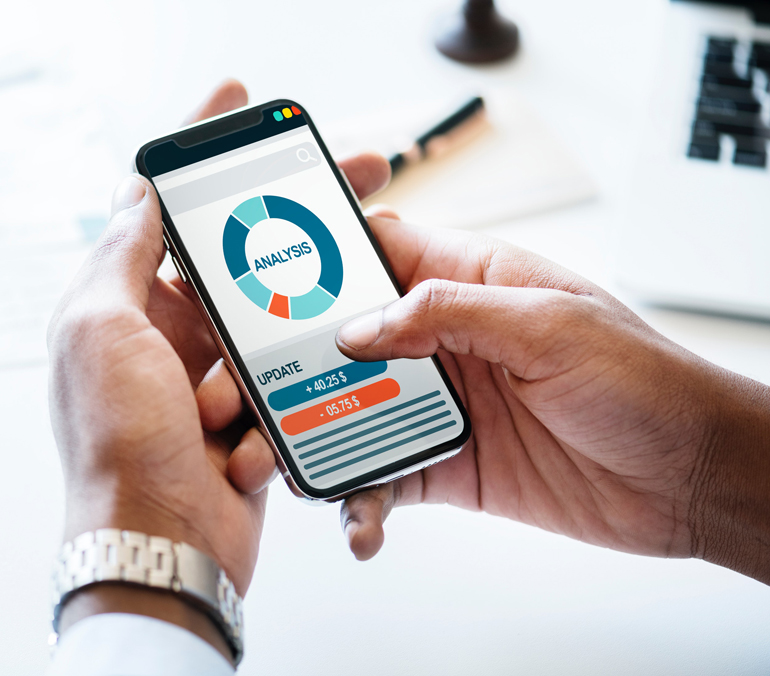 Jeanne Harris and Marc Mc Donald impressed me with their top-notch article in the Harvard Business Review Insight Center Report “Predictive Analytics in Practice”, that immediately starts with the statement: “If knowledge is power, then predictive analytics promises the ultimate knowledge—that of the future – which is within reach”.
Jeanne Harris and Marc Mc Donald impressed me with their top-notch article in the Harvard Business Review Insight Center Report “Predictive Analytics in Practice”, that immediately starts with the statement: “If knowledge is power, then predictive analytics promises the ultimate knowledge—that of the future – which is within reach”.
The duo then shared the three main attitudes that differentiate forward-looking organizations from the rest, which are the following:
1. Look to the outside: By using analytics, organizations have deployed bigger data sets, cheaper cloud computing power, and more aggressive algorithms to successfully standardize previously non-standard processes, such as sales and service, making them more repeatable, predictable, and amenable to analytics, Harris and McDonald state. To apply analytics to the future, though, self-knowledge would be insufficient, because “the information most likely to influence the future comes from looking out the window, not into the mirror. Sheer computing power isn’t the key differentiator either, because the predictive future relies less on additional statistical mastication than on a greater diversity of inputs”, they explain. Hence, the most forward-thinking companies are those developing new business models to create value from information exchanges.
2. Develop open multiple multi-sided relationships: “The availability and veracity of the data involved in the predictive future requires creating multiple multi-sided relationships with customers, suppliers, trading partners, and just about anyone else with potentially beneficial information”, Harris and McDonald believe, since increasing predictive power rests in posi-tioning yourself at the center of multiple information flows. They elaborate: “Current information-based services, such as Bloomberg, involve an information provider selling a single set of information with segmented services to multiple customers. Such models play a part in the predictive future, but the industrial Internet and expanded communications capabilities change the nature of information products. From one product distributed to many customers, the move is underway toward products that feed information from many sources to a single party, which rearranges and redistributes the information to many customers. In short, from many to one to many.” Although there is clearly a demand for this type of information, it is not easy to monetize since people want everything for free nowadays. That’s why Harris and McDonald expect a viable market to emerge as commercial terms evolve to support the multiple multi-sided relationships that give subscribers unique access to information and pointing out that only diverse information sources fuel the predictive future.
3. Update management and leadership practices: Considering how hard it is to act on solid information about the past, you can imagine how difficult it is to deal with a set of predictive futures for decision-making. “Effective use of predictive analytics involves mastering a new set of management, operational and financial techniques, and disciplines”, Harris and McDonald highlight, elaborating further on these facts by saying “managerially, organizations need to revise management practices, including more experiments and pilots to enhance risk-taking based on external and incomplete data; incorporating test-and-learn experiences into decisions and action; enhancing awareness of the differences between causation, correlation, and coincidence; and placing tangible value on avoiding adverse effects and missed opportunities.”
The article concludes that the predictive future is valuable precisely because it’s unevenly distributed and therefore in demand, and because of this advises to invest wisely in management, information-intensive relationships, and a broader view of analytics. (Source: HBR)
By Daniela La Marca


